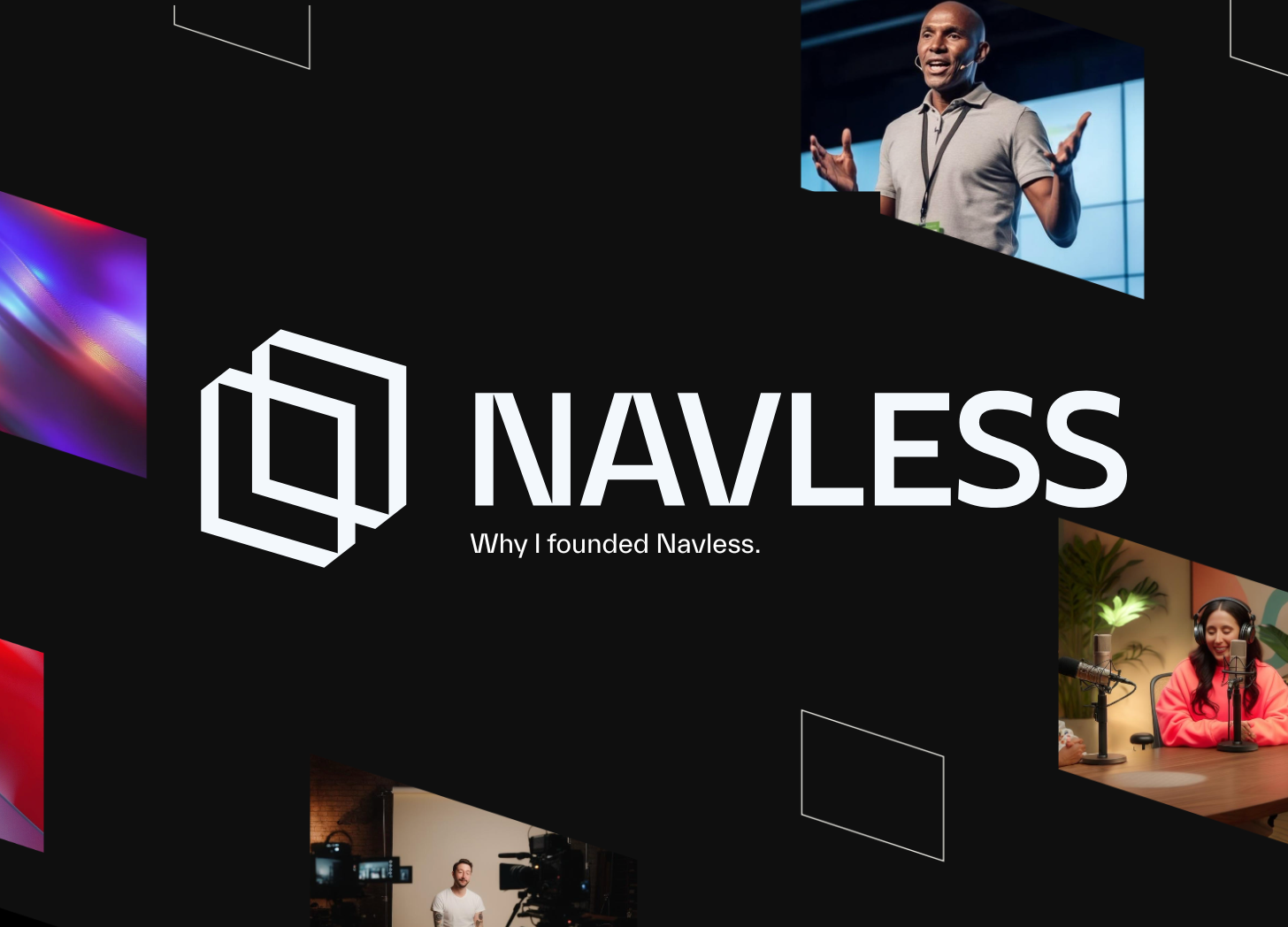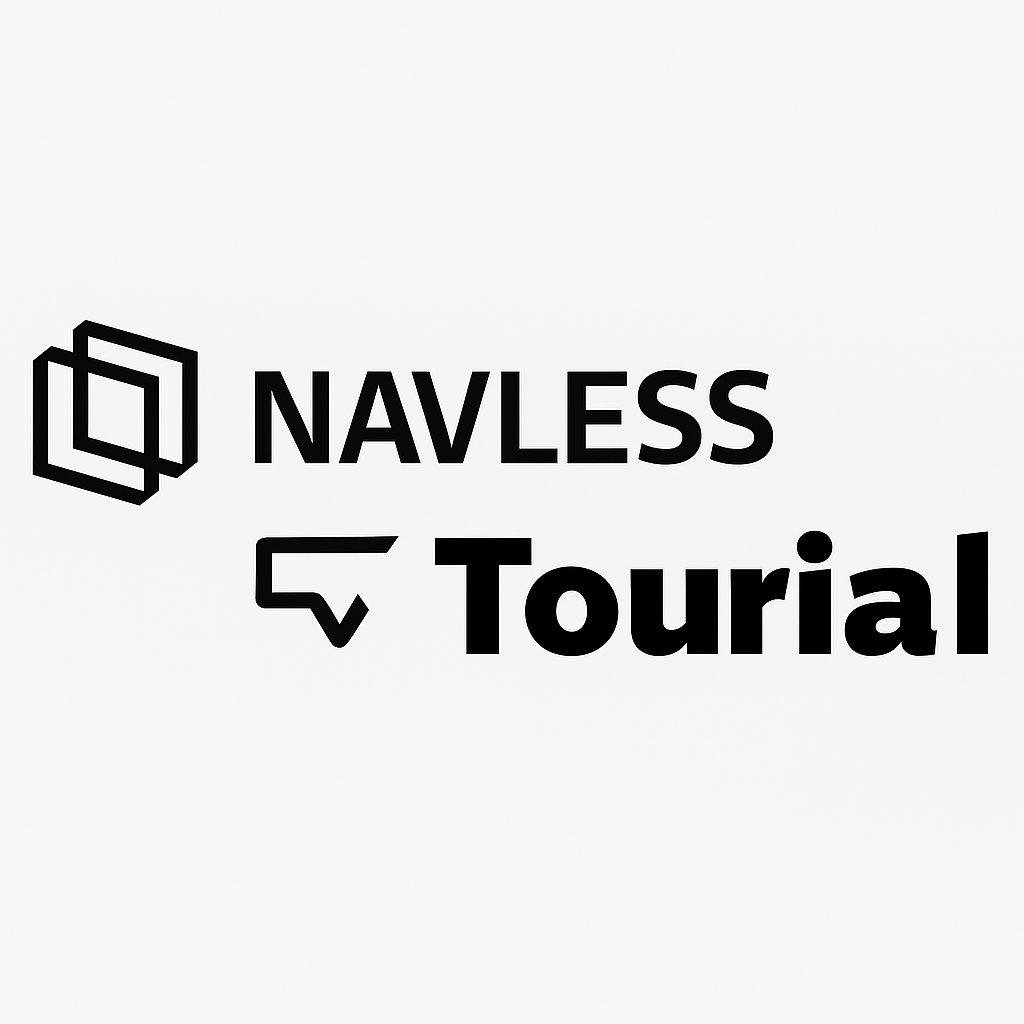B2B buyers and their mindset have changed. Preferences have shifted when it comes to researching and buying new products, especially software.
You have to enable your buyer with the information they want, when they want it. Nearly half of today's buyers are 25-30 years old and prefer to do their own research before engaging with a salesperson.
According to Gartner, "buyer enablement helps buyers buy by providing them with prescriptive advice and practical support to make the buying process easier to navigate and complete.” Yet, 77% of buyers rate their purchase experiences as extremely complex or difficult.
Here are 5 easy ways to reduce buyer friction on your website and improve the overall experience:
#1 — Clear and simple messaging
You only have a few precious minutes when someone lands on your website to prove how your solution works and why they should care (i.e. how it will help them solve their problems and be successful).
Demand gen strategist, Jonathan Bland, suggests straightforward content that’s easy to understand in this LinkedIn post, leading to higher conversion rates:
“Do more customer research, kill buzzwords, simplify messaging, use the language your customer uses,
and run feedback tests with your ICP through tools like Wynter.”

#2 — Ungated content
The old methods of gating every piece of content with hopes of capturing tons of new leads are dead (well maybe not dead, but it should be IMO).
These days, “most” of your content should be ungated — or at the very least, take a second to consider the type of content and its perceived value before hiding it behind a gate.
The goal of ungated content isn’t to increase your email list for cold outreach, but it is to increase brand awareness, provide educational material and improve SEO.
Quality ungated content at the top of your funnel should address your audience’s pain points, encourage them to want to learn more, and show why your solutions are better than the alternatives.
#3 — Interactive product demos
You want people to see the value of your product. And for that to happen, they need to see the “how” of your product. Frankly, blog posts and product pages aren’t enough.
Providing an interactive demo allows you to demonstrate value and helps your buyer understand how your product works and why it’s the best solution for them.
In an era where buyers are independent, educated, and impatient, self-guided product demos make it easier for site visitors to reach that *aha* moment before signing up for a trial or waiting for a live sales call.
When they are ready to chat, they’ll come with a much better understanding than if they hadn’t seen your product at all.
#4 — Calendar booking tool
Scheduling meetings are historically full of friction. If you want people to book a demo, let them book a demo.
Brendan Hufford’s post compares two site experiences where option two focuses on the buyer and leads to faster deal cycles:
“If you're going to push for a demo booking, let them book the demo immediately.
Just embed a calendar.”

Jonathan carries the same tone in his post when talking about the impact of not having a booking tool like Calendly or Chili Piper on your website:
“More time following up with leads to get a demo booked and lower form submission to demo taken conv. rate.”
#5 — Chatbot and live chat
Empower your buyers to ask questions when it’s top of mind. Chatbots and live chat let you answer questions immediately so you’re not missing an opportunity to engage.
Offer a series of clickable options from your FAQs, provide pre-scripted answers, and then guide visitors to a next step — maybe there’s an interactive demo related to their question.
Live chat takes it a step further, giving buyers another option to speak with a real person even when they aren’t necessarily ready to jump on a call.
So how do we put all of this into action? How do we serve today’s self-educating buyer?
First, make this your new standard: “if it’s better for the buyer, it’s better for us.”
From there, simple tweaks to current messaging, assets, and workflows can make a huge difference to your buyer.










